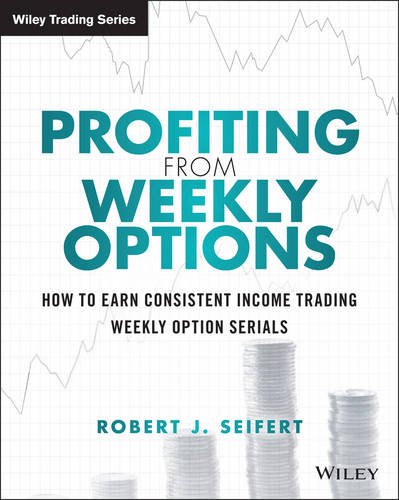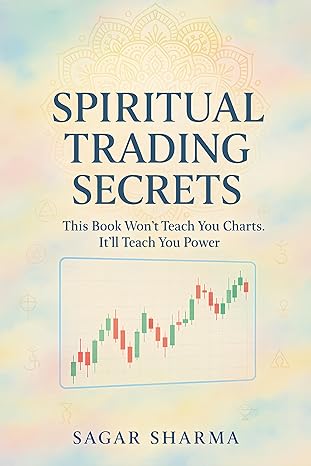دانلود کتاب Profiting from Weekly Options: How to Earn Consistent Income Trading Weekly Option Serials - Original PDF
Author:
Robert J. Seifert
0 (0)
توضیحات کتاب :
Generate consistent income with a smart weekly options strategy Profiting From Weekly Options is a clear, practical guide to earning consistent income from trading options. Rather than confuse readers with complex math formulas, this book concentrates on the process of consistently profiting from weekly option serials by utilizing a series of simple trades. Backed by the author's thirty years of experience as a professional option trader and market maker, these ideas and techniques allow active individual traders and investors to generate regular income while mitigating risk. Readers will learn the fundamental mechanisms that drive weekly options, the market forces that affect them, and the analysis techniques that help them manage trades. Weekly options are structured like conventional monthly options, but they expire each week. Interest has surged since their inception three years ago, and currently accounts for up to thirty percent of total option volume, traded on all major indices as well as high volume stocks and ETFs. This book is a guide to using weekly options efficiently and effectively as income-generating investments, with practical guidance and expert advice on strategy and implementation. Discover the cycles and market dynamics at work Learn essential fundamental and technical analysis techniques Understand the option trading lexicon and lifecycle Gain confidence in managing trades and mitigating risk Weekly options can be integrated with any existing options strategy, but they are particularly conducive to credit spread strategies and short-term trades based on technical patterns. For investors looking for an easy-in/easy-out method of generating consistent income, Profiting From Weekly Options provides the wisdom of experience with practical, actionable advice.
سرچ در وردکت | سرچ در گودریدز | سرچ در اب بوکز | سرچ در آمازون | سرچ در گوگل بوک
1,164 بازدید 0 خرید










